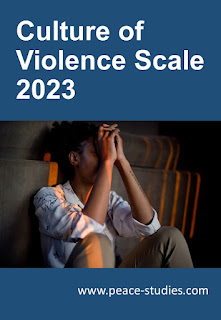本文作者:弗兰兹·杰德利卡(Franz Jedlicka ). 已自动翻译。如有错误,敬请谅解。
个人即政治。这是女权主义的一项重要原则。它描述了以男性为主导的家庭结构对社会政治中盛行的父权制的影响。
但上述女权主义原则也适用于一个国家儿童的养育方式。在体罚盛行的地方,暴力的接受度更高。即使是年幼的孩子也能亲身体验到用暴力解决冲突是可以接受的。这种情况在尚未禁止体罚的国家更为常见,目前这些国家约占全球国家的三分之二:不幸的是,这一事实鲜为人知。
如果这样的孩子是男孩,那么如果他与妻子发生争执,日后在家中实施家庭暴力的风险就会增加。他之所以这样做,是因为他从未接受过任何不同的教育:他亲眼目睹、听到并亲身经历过。
这种联系也应该引起女权主义者的兴趣。尤其是在她们生活的国家,体罚育儿尚未被禁止的情况下。她们应该探讨以下问题:我们致力于打击家庭暴力,但下一代男孩长大后,是否会再次实施家庭暴力?或者,如果我们自己打孩子,或者容忍父亲打孩子,我们是否会培养出下一代反女权主义者?
总而言之,这关乎一个更大的问题:如果不禁止针对儿童的暴力,一个国家能否实现持久和平?如果世界上三分之二的国家仍然允许打孩子,世界和平还能实现吗?
儿童保护不仅仅是一个心理问题,而是一个政治问题。它也应该成为和平运动和女权主义的焦点。
------------------------
本文也可在其他媒体发表。但不得修改,且必须注明作者。
(Licensed under CC BY-ND 4.0. To view a copy of this license, visit https://creativecommons.org/licenses/by-nd/4.0/ )
